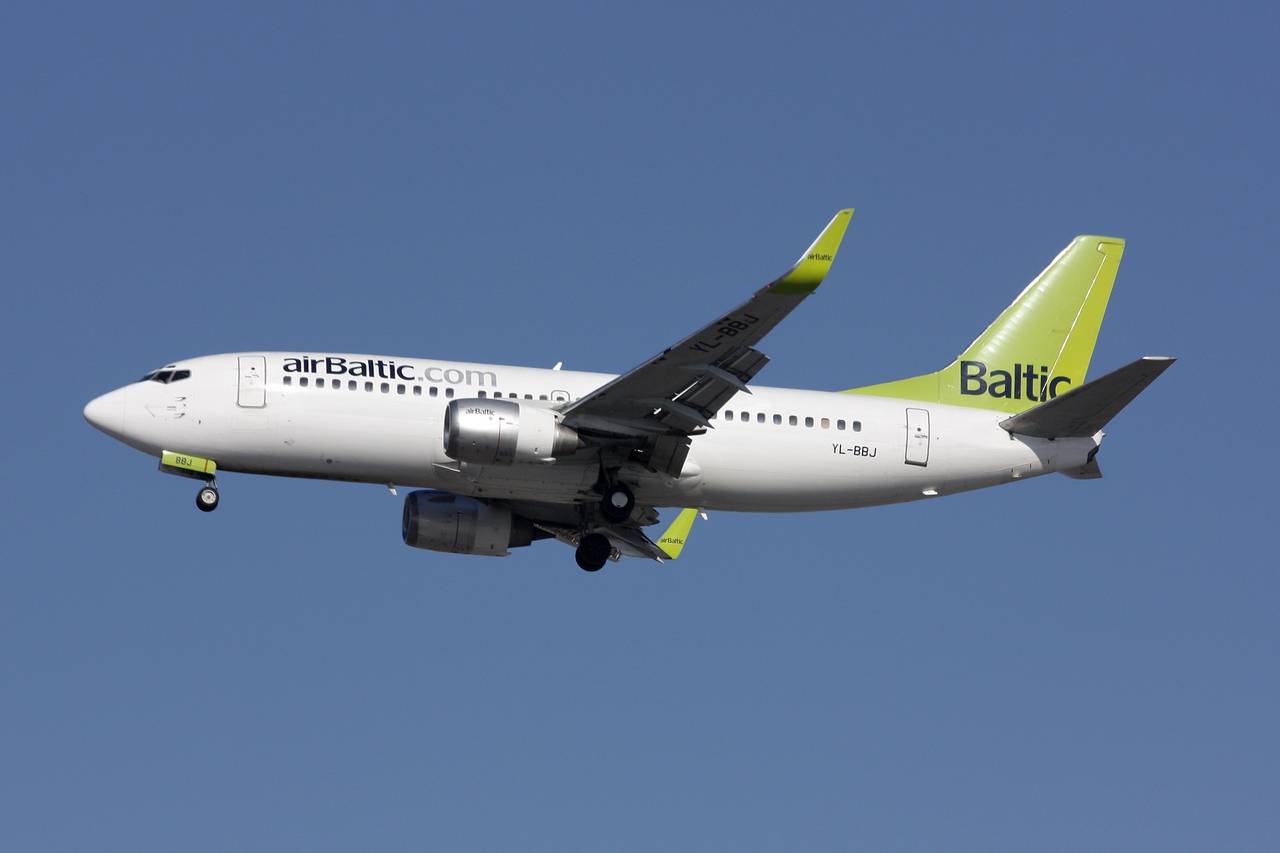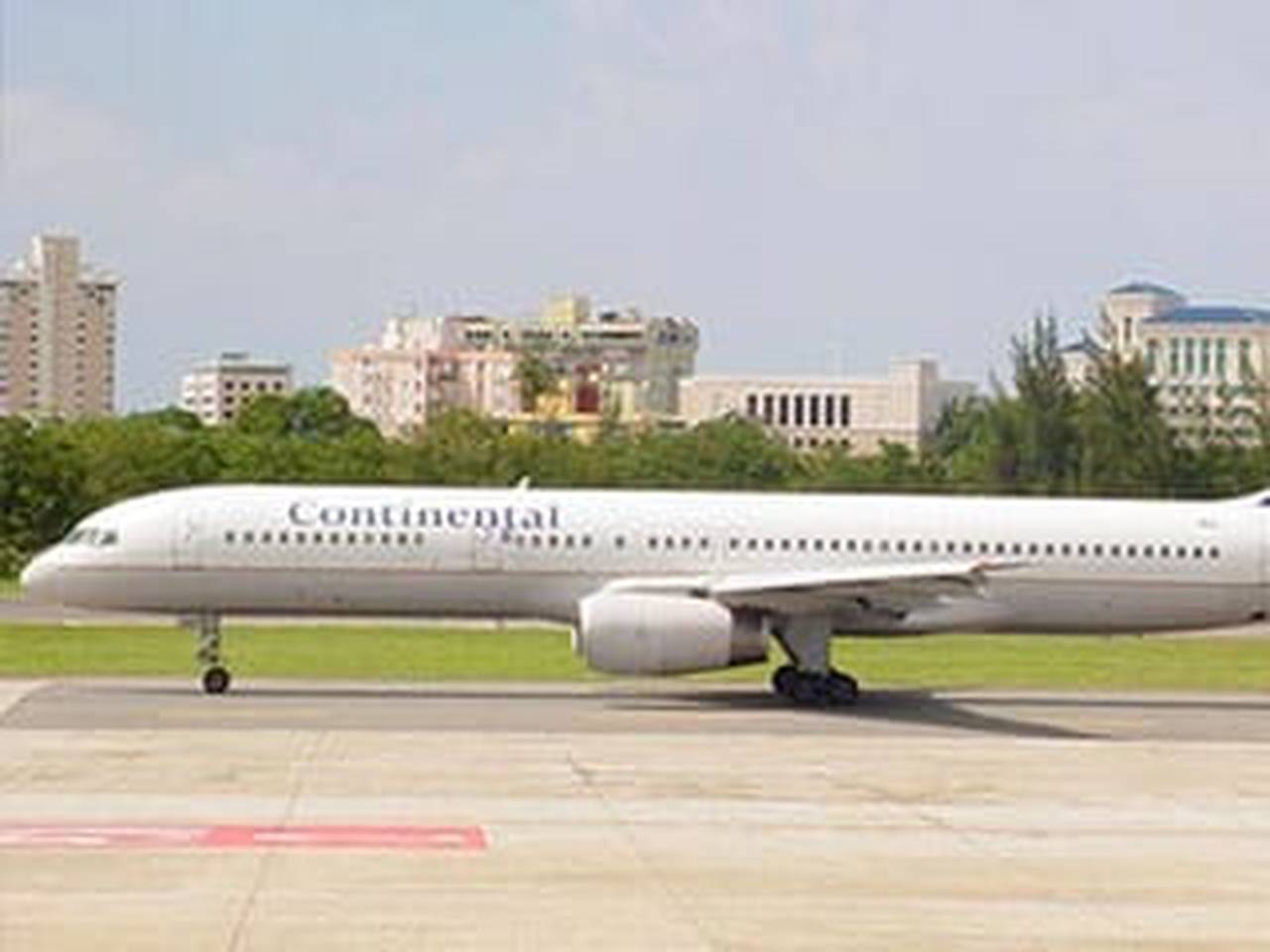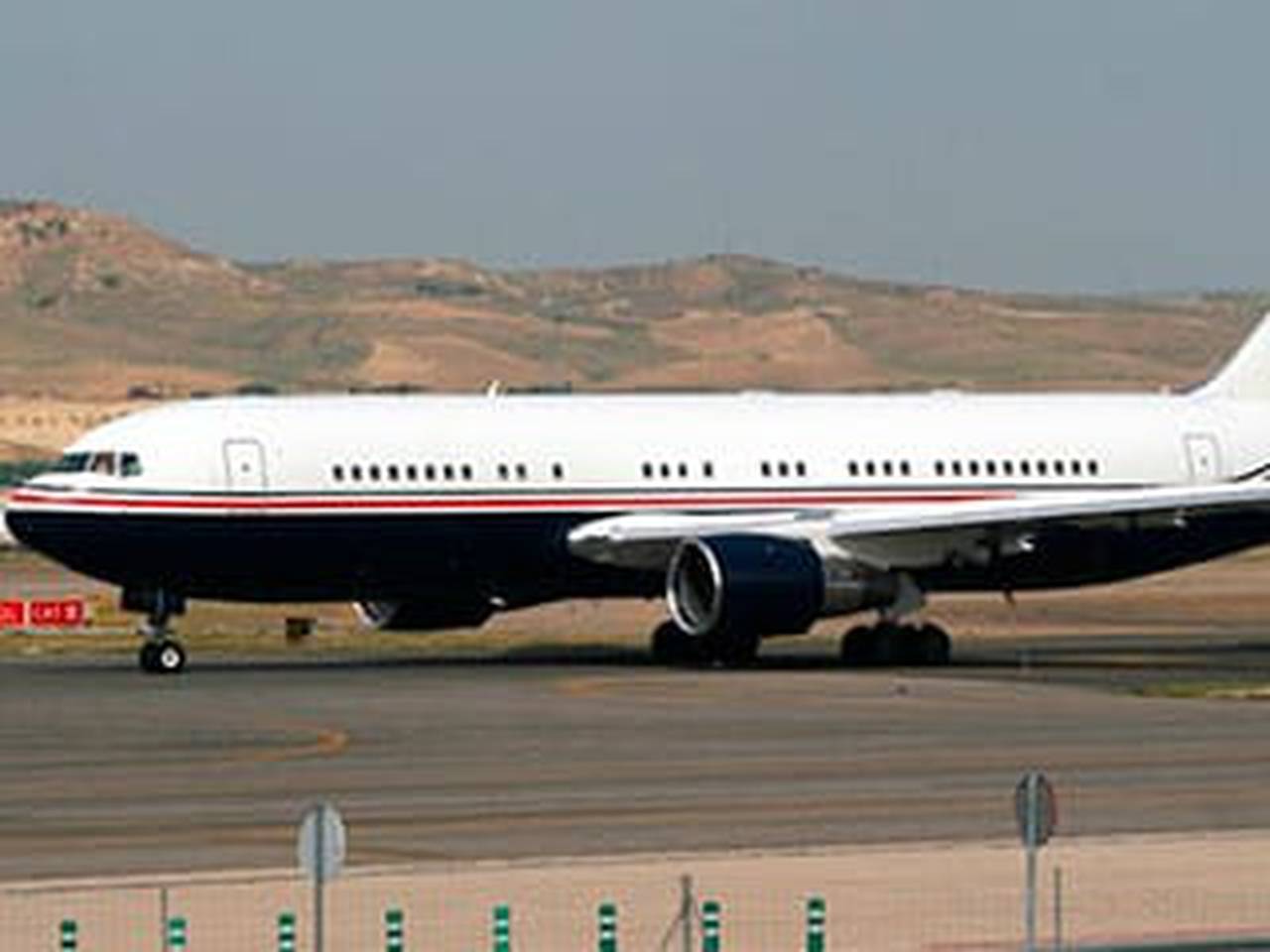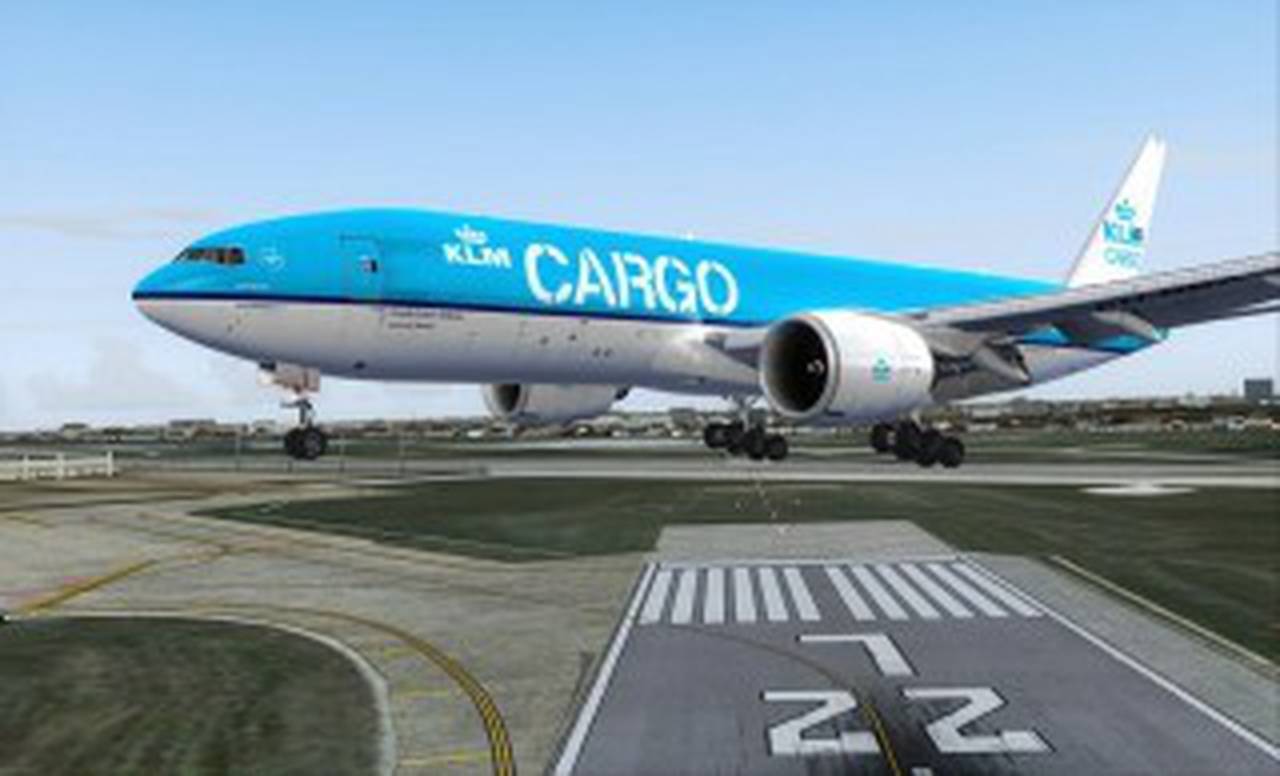Каталог самолетов бизнес-авиации Boeing

Сортировать:
Название
Цена аренды
Количество мест
Объем багажника
Дальность
Скорость
Высота салона
Один из крупнейших мировых производителей авиационной, космической и военной техники. Место дислокации основных производственных мощностей и одновременно с этим место рождения корпорации — Сиэтл. Boeing на протяжении многих десятилетий является крупнейшей авиакосмической фирмой в США.
Остались вопросы?
Наш специалист в кратчайшие сроки свяжется с вами для консультации
Нажимая кнопку, вы соглашаетесь с
условиями обработки личных данных















